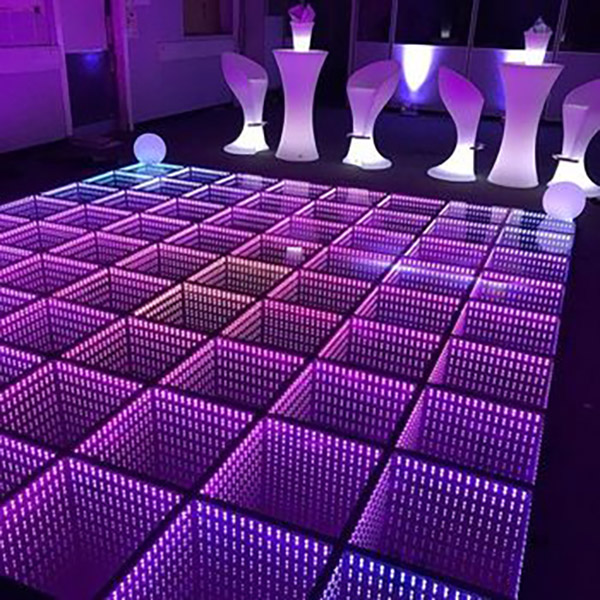Illuminating Ingenuity With Color Principles in Light Emitting Diode Movement Surface Creations
Illuminating Ingenuity With Color Principles in Light Emitting Diode Movement Surface Creations
Blog Article
Hue theory is an crucial element of design, particularly when it relates to designing LED dancing surfaces. The interaction of colors can greatly influence the mood and vibe of a venue. Through grasping how hues function together, designers can craft an ambiance that enhances the overall encounter for dancers. This article explores the fundamentals of color principles and its use in LED dancing floor designs.
The primary colors are crimson, blue, and golden. These colors cannot be be made by blending other colors together. Intermediate colors, such as green, tangerine, and violet, are formed by combining main colors. Tertiary colors are created by mixing a primary color with a secondary color. Grasping these fundamental connections helps designers choose colors that complement one another and create a aesthetically appealing show. Combining these hues on an light-emitting diode dance floor can result to vibrant and exciting outcomes that attract the attention of participants.
Hue temperature also holds a crucial role in design. Colors can be classified as warm or cool. Hot hues, such as red, orange, and golden, often this to evoke emotions of excitement and heat. In opposition, cool colors like azure, green, and violet typically create a serene and tranquil atmosphere. Creators can use these hue temperatures to establish the mood for various kinds of events. For example, a celebration atmosphere may gain from hot hues that energize the crowd, while a more relaxed occasion might use chill hues to offer a calming influence.
In addition to color pairings and temperature, brightness and intensity are vital factors to take into account. Brightness refers to how light or dark a color appears, while saturation measures the intensity of a hue. Bright, saturated hues can generate a lively and energetic atmosphere, ideal for dance surfaces. On the contrary hand, gentler, less saturated hues can create a more muted atmosphere. By manipulating brightness and intensity, creators can draw blog link attention to specific areas of the dance floor or create sight routes, guiding participants through the space.
Finally, it is essential to take into account the emotional effects of color in light-emitting diode dance surface designs. Various hues can elicit different feelings and reactions. For instance, crimson is often associated with passion and energy, while blue can be calming and peaceful. Grasping these connections allows creators to strategically use colors to influence the actions of participants. By incorporating hue principles into LED dance surface layouts, creators can enhance the overall experience, rendering it memorable and enjoyable for everyone involved.